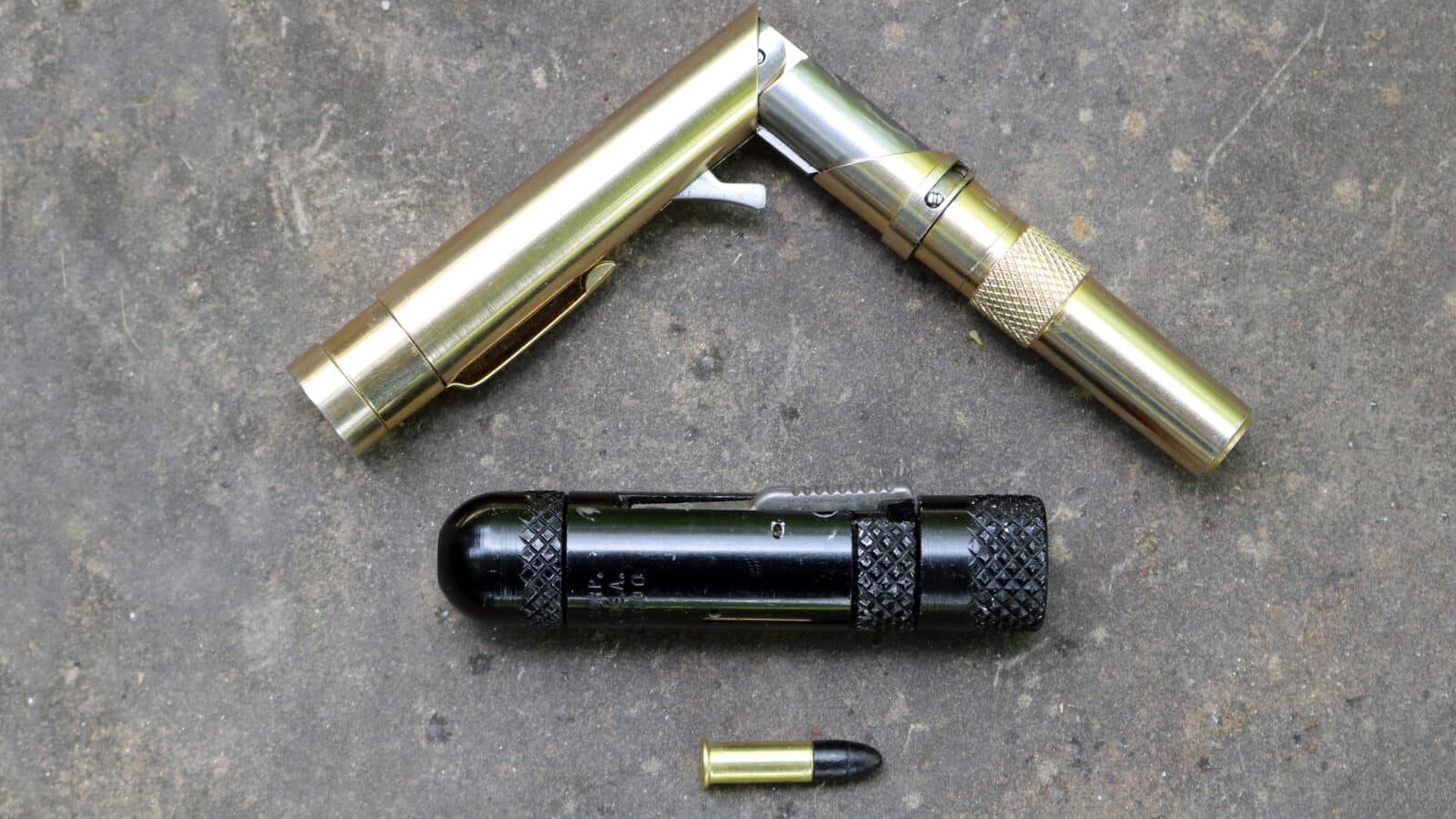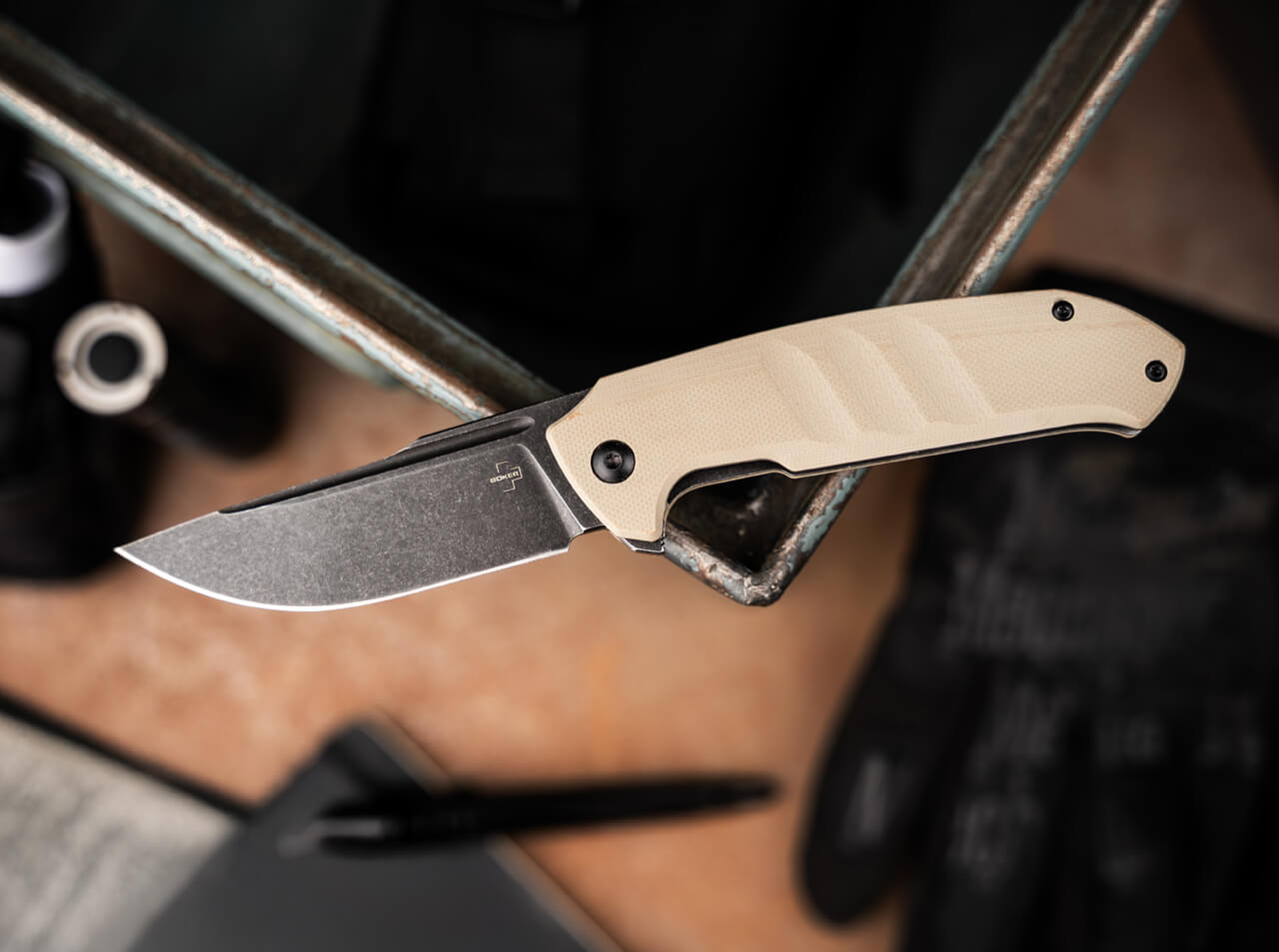Red-Dots — Does Size Matter?

The question about the size of the actual red-dot in your red-dot sight has always been one of those recurring topics that shooters constantly bring up. Optics marketing departments and influencers that get paid to talk about them both love to complicate this stuff.
In reality, there is nothing complicated about red-dot reticle size.
The size and shape of the reticle on a red-dot sight ultimately depends on your firearm’s mission and its main purpose. In most cases, the reticles are nothing more than aiming tools. Reticle size can make it easier to aim but it can also mask the target over distance. Rocket science this is not, it’s just simple elementary school math.
Advertisement — Continue Reading Below
Wait a…Minute?
The vast majority of red-dot sights on the market measure their reticles using MOA (Minutes of Angle), an angular unit of measure.
In order to prevent immediate boredom and in many cases rapid onset of illness, I will keep this simple. A circle that measures 1 MOA “covers” approximately an inch-wide circle at 100 yards. While this isn’t technically precise, it is more than close enough since the extra 47/100 of an inch that’s left over doesn’t really matter too much for our purposes.
When you put a 1 MOA (minute) dot on your target it will cover up 1 inch of it at 100 yards, 2 inches at 200 yards, 3 inches at 300 yards, 10 inches at 1000 and so on.
Advertisement — Continue Reading Below
The further away the target it is, the more surface area the dot will cover. Again, a 6 MOA dot covers 6 inches at 100 yards and 18 inches at 300 yards. In the case of compound reticles with superimposed central aiming points (picture the classic EOTech reticle), a larger circle (50-65 MOA) typically surrounds the entire target at 25 yards and surrounds it at longer ranges.
Each company has their own take on compound reticles, but math is math. The bigger the dot or circle the more it covers at range. Ultimately, this is why defining a firearm’s role is so critical in the first place. Only then will it make more sense to determine which type of optic and what reticle suits it best.
Reticle Size Does Matter
Advertisement — Continue Reading Below
Like most things, there is a tradeoff when it comes to selecting different red-dot sizes.
Take those larger dots, for example. While they may cover more of your target at longer distances, bigger dots are indeed faster to visually “pick up” at close range. Larger red-dots work out well for pistols since they’re typically closer range firearms. You’re not really going to realistically shoot a pistol out to 300 yards. So in reality, you don’t have to worry about that 6 MOA dot masking 18 inches worth of target anyway.
Furthermore, the ability for the shooter to see their red-dot sooner is far more critical than what it looks like at distance. Let’s go back to that 6 MOA red-dot again. At 50 yards, 6 MOA only covers around 3 inches. And your eyes can pick it up more quickly as well!
Advertisement — Continue Reading Below
Conversely, your carbine may be better suited to a 1, 2 or 3 MOA red-dot. A 3 MOA dot only covers 9 inches at 300 yards, which is about the limit for a general purpose carbine with an unmagnified optic.
Again, compound reticles with larger rings and smaller central dots are popular with carbines too, especially because the outer ring can be used to hold over for elevation or wind.
Shotguns are typically employed inside of 100 yards, so using larger red-dots or compound reticles tends to work well with slugs and buckshot.
Advertisement — Continue Reading Below
Embracing Differences
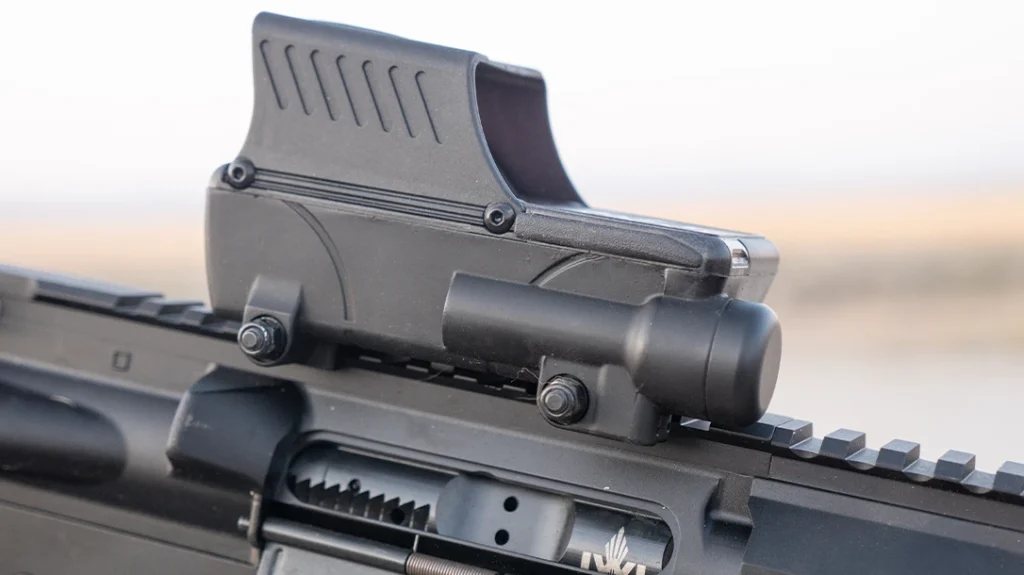
Even once you make the specific determination about your specific firearm and its direct purpose and you have a good idea about what kind of optic to mount on it, it’s still a personal choice.
Different shooters have different levels of eyesights. Young eyes aren’t the same as older eyes, etc. Many shooters must contend with astigmatisms, which can make reflected dots look like starbursts instead of clear, crisp circular aiming points. Optics companies do what they can in order to mitigate the starbursting effect by using specialized coatings, colors and other things to make dots “crisper.” Regardless, the only way to verify with any certainty is to actually have the shooter look through the optics using their own eyes.
Advertisement — Continue Reading Below
For example, red-dots that look very clear to me will look scattered to other shooters. And the opposite is also true. The color green is gaining popularity too, since it tends to be easier to see for some.
Lately, I’ve been finding the “open circle reticle,” an outer circle without that smaller central aiming dot, to be more advantageous on certain types of firearms.
The bottom line is that if you can’t see through an optic well enough, all its features and marketing do not mean anything.
My Go-To Red-Dot Optics
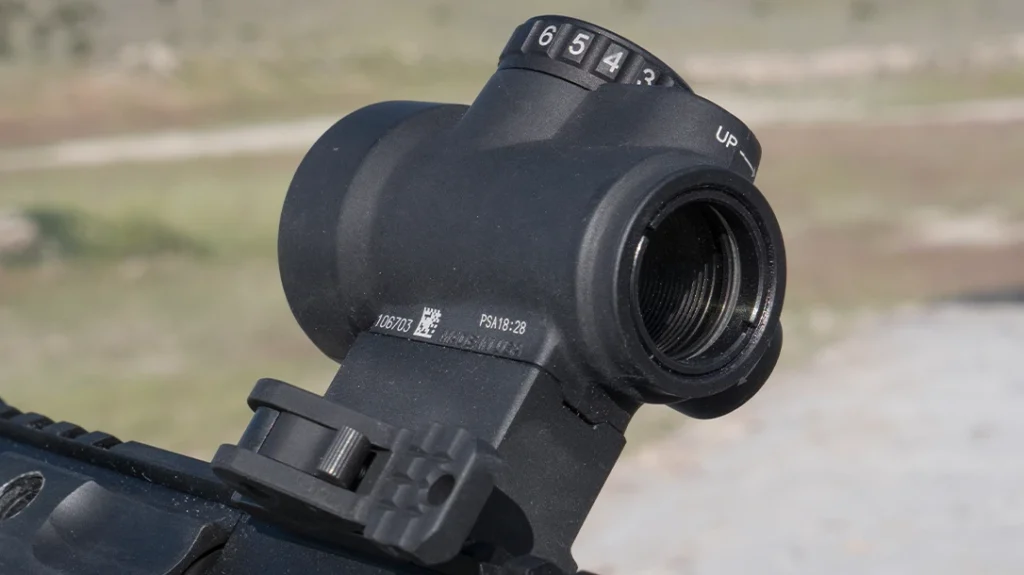
Even though I’ve been using a 2.5 to 3 MOA red-dot on my pistols almost since the beginning, my preference is also changing.
Back to that “open circle” reticle I brought up. This setup is fast becoming a favorite since “precision with a pistol” isn’t really a thing in my world. Instead what matters to me is getting on target at 25 yards or less (probably a ton less) as quickly as possible. With that open circle reticle, the circle will never “cover” my threat / target. That matters to me a lot.
Using a Leupold DeltaPoint Pro with a 6 MOA red-dot on my Mossberg 940 Pro Tactical is proving to work out rather well. My “entry” rifles use 2.5 to 3 MOA red-dots. Anything for longer distances is served by a Trijicon MRO HD with a compound reticle and magnifier.
All of my firearms that are capable of sending bullets out to 300 yards or beyond will have some type of magnified optic.
Parting Thoughts
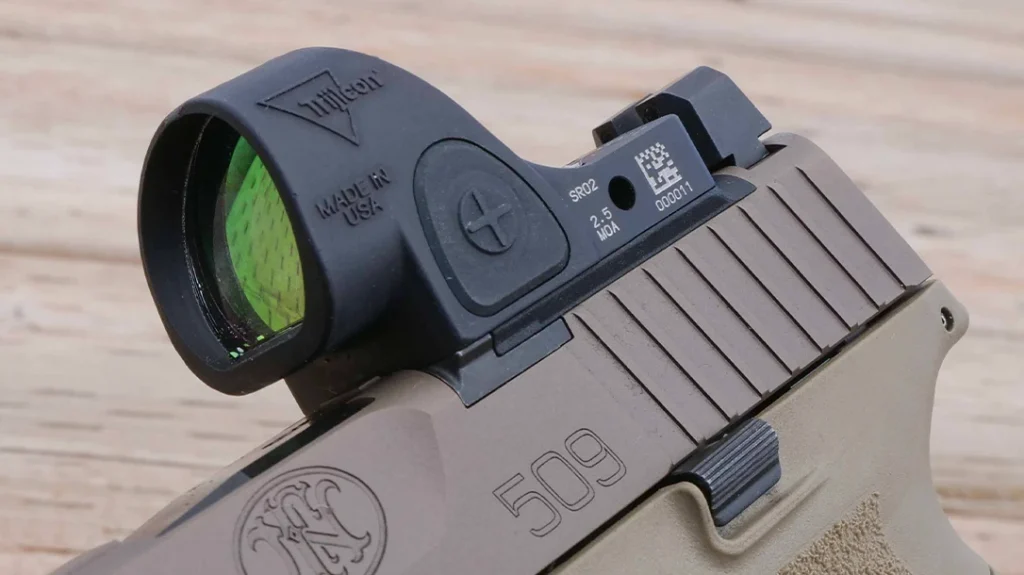
What I use may be all well and good, but all this may be different for you. Don’t be afraid to try something different. Too often shooters will try a specific red-dot sight someone recommended and it may not work for them.
Of course that doesn’t make it a bad red-dot sight, it just meant that it didn’t “click” well with you. Instead, try a different type of optic, with a different size reticle or even emitter color–until you get what is right for you.
The sight that works well for you may be a gamechanger for fast-and-accurate shooting, and that is what actually matters.


